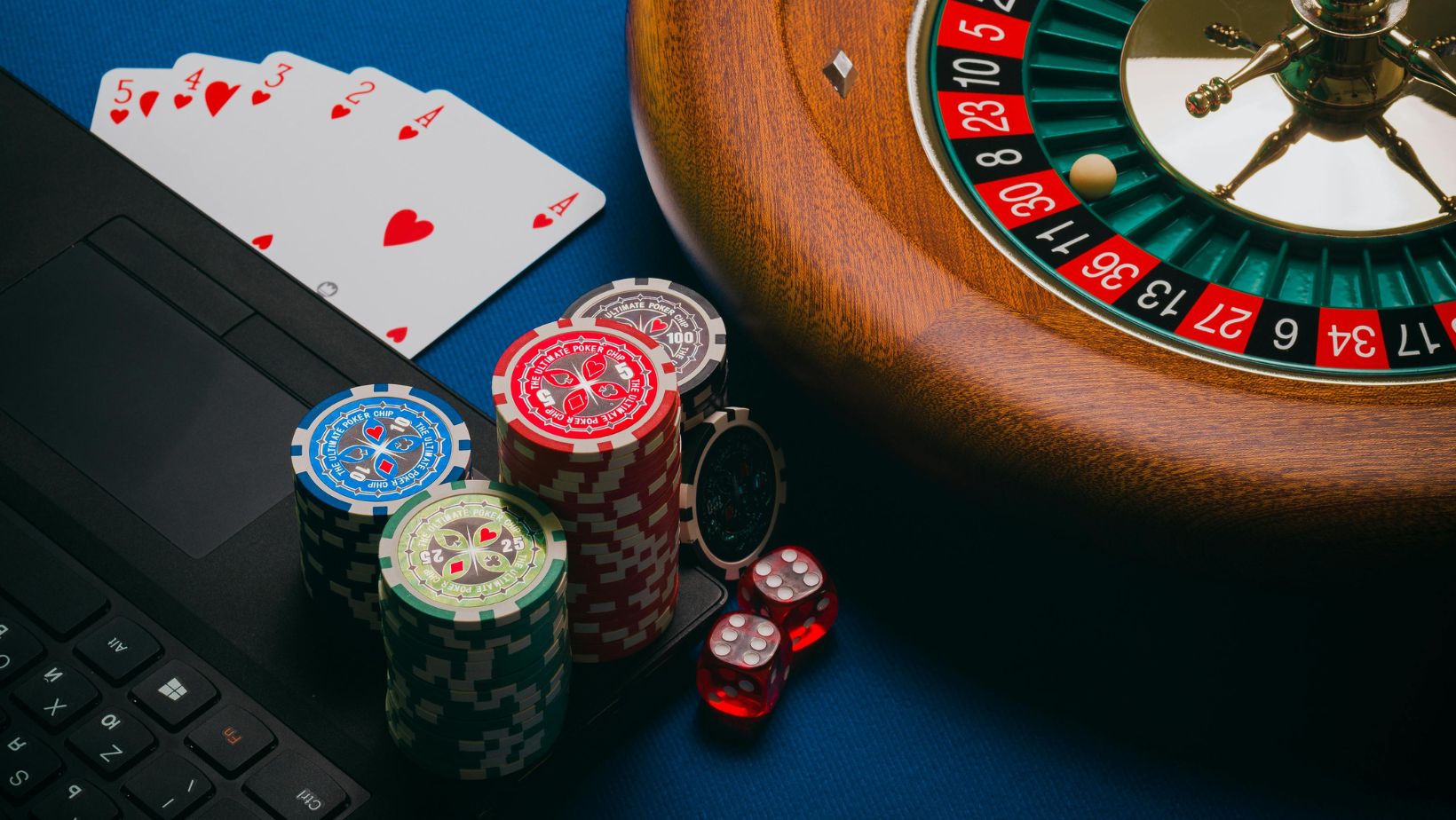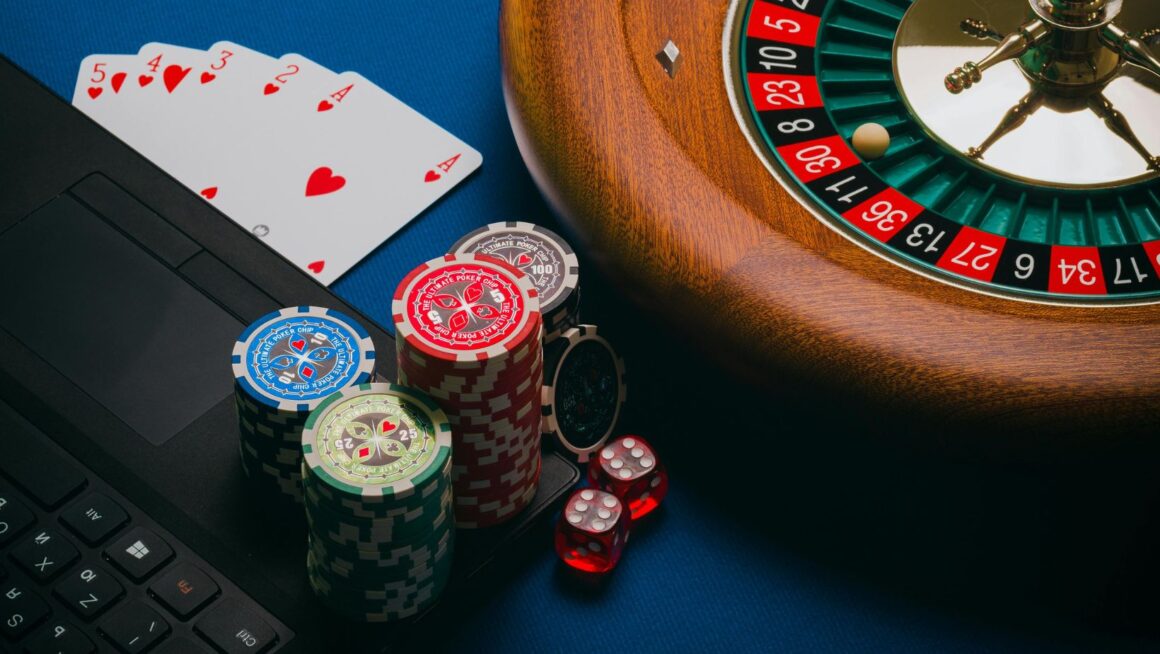Even the most casual casino player benefits from applying structured tactics. Casino success is not purely about luck; it’s often the outcome of informed choices, emotional discipline and statistical understanding. From low-volatility slots with 96% RTP to blackjack tables offering under 1% house edge, smart play can dramatically affect outcomes.
Learning How Games Truly Work
Every casino game, whether physical or digital, operates under strict mathematical laws. Knowing these laws—odds, variance and payout percentages—is a critical foundation for sustainable play.
Online casinos like Harry Casino, licensed in Malta since 2011, often display the return-to-player (RTP) rate within game menus. RTP indicates the theoretical long-term payout percentage. A slot with a 97% RTP will statistically return €97 for every €100 wagered, although results vary per session.
Typical RTP Values for Popular Casino Games
| Game Type | Average RTP (%) | Volatility Level | Skill Influence |
| Slots | 94 – 98 | Low–High | Low |
| Blackjack | 99.5 | Medium | High |
| Roulette (EU) | 97.3 | Medium | Medium |
| Baccarat | 98.8 | Low | Low |
| Video Poker | 99.2 | Medium | High |
Understanding these figures helps players identify which games reward skill and which rely purely on chance. Blackjack and video poker reward strategic play, while slots depend on randomness and volatility design.
Bankroll Management Is a Core Skill
A professional or responsible player knows that bankroll control is not optional—it’s survival. Bankroll represents your total budget for play, and mismanaging it can lead to quick losses regardless of skill level.
Experts recommend the 2% rule, meaning that each bet should not exceed 2% of your total bankroll. For example, if you bring €500 to a gaming session, each spin or hand should stay around €10 or less.
Bankroll Management Essentials
Before structuring your session, it’s important to recognize the habits that differentiate seasoned players from impulsive ones.
- Set Loss Limits – Predetermine a stop-loss point, such as 25% of your bankroll.
- Track Bets – Use tracking tools or mobile notes to log every session.
- Play in Sessions – Break play into one-hour segments with breaks.
- Avoid Chasing – Accept small losses instead of increasing bet sizes.
- Withdraw Wins Early – Cash out portions after reaching profit goals.
Following these guidelines prevents emotional decisions and maintains discipline.
Reading Patterns and Timing Play
Contrary to myths, casino games do not follow predictable streaks. However, observing timing patterns—such as bonus rounds frequency or betting cycles—can still offer insight into pacing and volatility.
Slot volatility describes how often and how large payouts are likely to be. High-volatility slots like Dead or Alive II can have long dry spells followed by 10,000x multipliers. Low-volatility options such as Twin Spin pay smaller wins more consistently.
Knowing when to shift between these extremes helps stabilize your session length. Mixing high- and low-volatility play keeps risk balanced while still providing excitement.
Recognizing Psychological Traps
Casinos and online platforms leverage behavioral design to keep players engaged. Bright animations, celebratory sounds and near-miss visuals all influence decision-making. Recognizing these psychological triggers helps maintain objectivity.
For instance, a 2024 study by the University of Nottingham found that players exposed to frequent near-miss sounds were 25% more likely to increase wager size. Knowing this allows players to counteract the impulse by pausing after near-misses or switching games entirely.
Another major influence is loss aversion—the discomfort of losing €10 outweighs the pleasure of winning €10. Players who understand this bias can train themselves to stop after a fixed number of spins or hands, regardless of outcome.
Comparing Strategies Across Games
Each casino game rewards a different mindset. In blackjack, the mathematically optimal “basic strategy” minimizes house edge to under 0.5%. Meanwhile, slot players focus on maximizing value through RTP and volatility.
Strategy Focus by Game Type
This comparison shows that strategic choices depend on each game’s structure and player psychology. Blackjack and baccarat reward consistency, while poker demands adaptability and emotional intelligence.
| Game Type | Key Tactic | Risk Level | Average Win Frequency |
| Blackjack | Use basic strategy chart | Low | High |
| Roulette | Stick to even-money bets | Medium | Medium |
| Slots | Choose high RTP titles | Medium | Low |
| Poker | Read opponent behavior | High | Variable |
| Baccarat | Bet on banker consistently | Low | High |
Managing Bonuses the Smart Way
Casino bonuses often look attractive—€100 deposit matches, 50 free spins or cashback promotions—but understanding their terms is essential. Most bonuses have wagering requirements between 20x and 40x, meaning you must wager the bonus amount multiple times before withdrawing.
If a player receives a €100 bonus with a 30x requirement, that means €3,000 must be wagered before the funds become withdrawable. This affects how you plan your playtime and risk level.
Players can maximize bonuses by selecting low-volatility games, where the turnover is higher but risk remains moderate. Avoid high-volatility titles when clearing bonuses; small, steady wins are more effective for fulfilling conditions.
Value of Small Wins and Pauses
Long-term success in casino gaming isn’t defined by massive jackpots but by sustainable consistency. Professional gamblers track every session using spreadsheets or casino apps. A win rate of even 2% per session, when sustained, outperforms random streak chasing.

Taking breaks every 30–40 minutes reduces impulsivity and resets emotional balance. Data from the UK Gambling Commission shows that players who pause after every 40 minutes lose 18% less on average than those who play continuously.
Practical Session Habits
Building reliable play routines can change your results significantly.
- Take Timed Breaks – Step away after fixed intervals.
- Review Results – Log both wins and losses per session.
- Limit Simultaneous Games – Focus on one game to track variance.
- Monitor Mood – Stop when irritated or tired.
- Switch Formats – Alternate between slots and tables for variation.
These habits sustain focus, reduce fatigue and build self-awareness during play.
Understanding Risk Tolerance
Every player’s comfort level differs. Risk tolerance determines how much volatility you can emotionally handle without tilting into reckless play. Beginners should stick to low-volatility slots or games like baccarat. Advanced players might enjoy the higher swings of poker or progressive jackpots.
Knowing your tolerance helps prevent burnout. A balanced player mixes entertainment with analytics—tracking losses, identifying favorite formats and adapting when fatigue sets in.
Role of Technology in Smarter Play
Modern online platforms now offer analytical dashboards, win trackers and time alerts. Licensed casinos in the EU, like those regulated by the Malta Gaming Authority, must display spending summaries and activity timers. These tools, once ignored, are now essential parts of player control.
Artificial intelligence also plays a growing role. AI-based systems analyze betting behavior to warn users of erratic patterns. They detect when a player’s wagering increases sharply and issue on-screen reminders or temporary cool-off options.
For serious players, this data is invaluable—it mirrors the record-keeping habits of professional bettors, making play more transparent and accountable.
Why Simplicity Often Wins
Complex betting systems like Martingale or Fibonacci may seem appealing, but simplicity typically leads to longer play and lower risk. Consistent small bets combined with strong emotional control outperform aggressive progression systems.
The ultimate goal of casino strategy isn’t to beat the house—it’s to outthink impulsive instincts. With knowledge of game odds, emotional regulation and steady bankroll tactics, even casual players can elevate their experience from chance-driven to strategy-driven.



